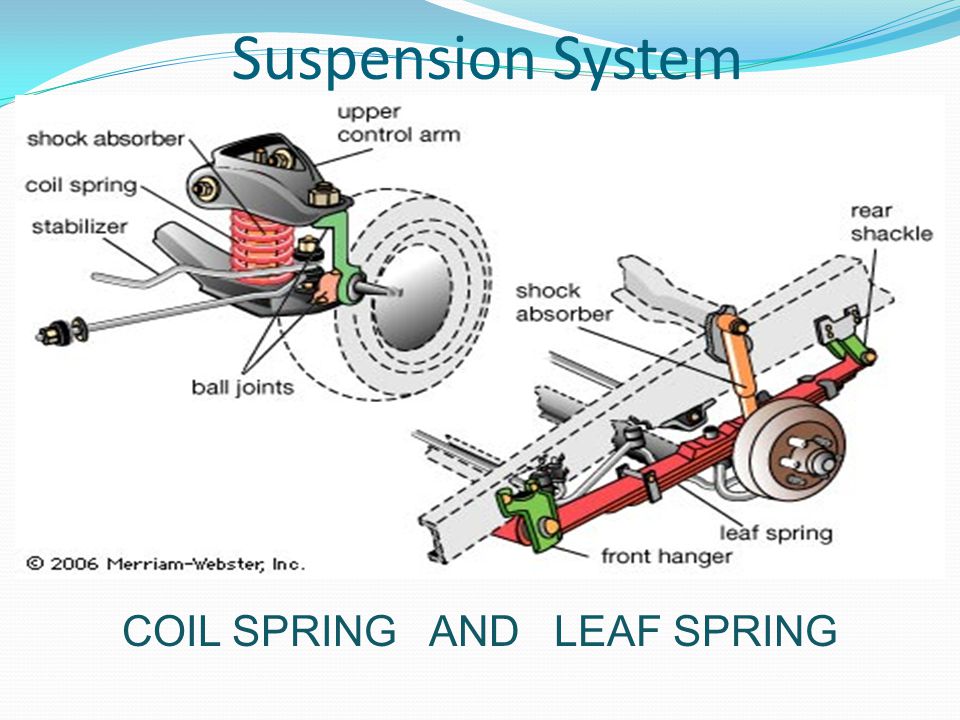Have you ever wondered how your ATV’s suspension works? Do you need to adjust or lower your ATV suspension but do not know how? Knowing how your ATV suspension works and how to adjust it is important, as it will allow you to enjoy better quality rides.
ATV suspension works by helping the quad stay stable on tough terrain. Shocks and springs help resist rapid compression and unstable bouncing. You can adjust the preload, rebound, and compression of your shocks to make your rider softer or stiffer and raise your ride height.
In this article, you will learn how your ATV suspension works. I will also show you how to adjust, lower, and soften it. Let us get started.
An ATV suspension helps your ATV vehicle get over rough terrain. Unlike a regular car’s suspension designed for pavement and flat roads, an ATV suspension is designed to help you drive off-road.
When driving off-road, you will encounter ruts, bumps, rocks, ditches, logs, branches, and various other obstacles that you just won’t find on-road. The suspension ensures that your ATV vehicle can drive over these obstacles and not get damaged.
A suspension, in simple terms, smoothes out your ride. If you are driving on smooth pavement, the suspension does not have to do that much. However, if you drive off-road, it takes a lot more work to smooth out the ride. That is why ATV suspensions are more complex.
The suspension is responsible for other things as well. It makes sure that your vehicle is stable, even when driving on rough terrain. It consists of various parts that help it do its job, including springs and shocks.
I will go over what these components do in the next section, explaining exactly how your ATV suspension works.
As mentioned before, your ATV’s suspension has several parts that do several things to ensure your vehicle can drive smoothly, even on less than smooth ground.
I will go over several of these parts in this section. Although there is always a lot more to learn about how suspensions work, this section should give you a pretty good understanding of what your suspension does.
The two top things to know about are the springs and shocks. These shocks help absorb the force acting on your vehicle.
For example, when you drive over a rock, the shock absorbers help absorb the shock that your vehicle would receive. If they do their job well and absorb the shock, you will not feel it as much.
ATV shocks usually have oil in them. This oil helps prevent the suspension from compressing. There are various designs available. You might get a shock with an oil reservoir within the shock.
This oil works against the compression that comes with normal bumps and helps keep your vehicle stable.
Also, the springs help prevent compression. The springs’ job is to get your vehicle to “spring” back into its original position instead of being compressed when it goes over a bump or rut. If the springs are strong, your vehicle will not compress as much.
It will not bounce back and forth as much, as the springs will hold it back from that. You will not feel the bumps so much in your body as a consequence. Also, you will have additional ground clearance.
You will not feel the bumps so much in your body as a consequence. Also, you will have additional ground clearance.
If your springs are old and weak, they will not do as good a job in resisting compression. Your ATV will compress more with every bump and rut. You will feel them more in your body, and you will have less ground clearance.
What you might not know is that there are several types of shocks on the market. Depending on which type of shock you have, you may be able to make certain adjustments. Some shocks do not allow you to make certain adjustments.
Here’s a helpful video to give a visual:
There are many types of shocks available. Right now, I will focus on two main types.
Right now, I will focus on two main types.
This type of shock has an oil reservoir built into the shock itself. The problem with this kind of shock is that as the shock moves back and forth when you go over bumps on the road, the oil can heat up. The reason it can heat up is due to the friction of the shock’s movement.
A monotube shock is the most common type of shock on ATV vehicles. If you have a standard ATV vehicle, you probably have a monotube shock. What is the disadvantage of this kind of shock?
When the oil heats up due to the friction of the shock’s movement, foam can form. This foam reduces the effectiveness of the oil and its capability of resisting compression.
However, some shocks have separate reservoirs. A remote reservoir is connected to the shocks by a tube. You can put a remote reservoir anywhere on your vehicle.
A piggyback reservoir is not located in the shock but right by it. It is normally attached to the shock; hence the term piggyback. However, since it is not inside the shock, it will not heat and foam up like regular monotube shocks.
However, since it is not inside the shock, it will not heat and foam up like regular monotube shocks.
I mentioned that some types of shocks have different adjustability options. Let me go over that in the next section.
Generally, you can adjust the preload, compression, and rebound of the shocks. However, not all shocks allow you to adjust them in the same ways. I will explain what each of these adjustments is.
The first thing I will discuss is adjusting the preload of your shocks. The preload refers to how much pressure is put on the shocks by default. You will be able to adjust the preload on most shocks, even basic shocks.
Usually, there will be a collar on the shock, which will allow you to adjust the preload. However, not all shocks will have the same type of collar.
Some shocks will have a collar and locking ring that gives you more flexibility in how much preload you can put on your shocks. Other collars might only have five levels of adjustment.
This adjustment is up to you. However, keep in mind that the softer the ride and the less preload, the more likely it is for your suspension to bottom out.
I would recommend that you raise your wheels and entire vehicle off the ground while adjusting the preload. It is simply easier to turn the collar that way.
Adjusting the preload might be the only way to adjust the compression – as I mentioned before, most shocks, even basic shocks, at least allow you to adjust the preload.
Some shocks will have double locker rings.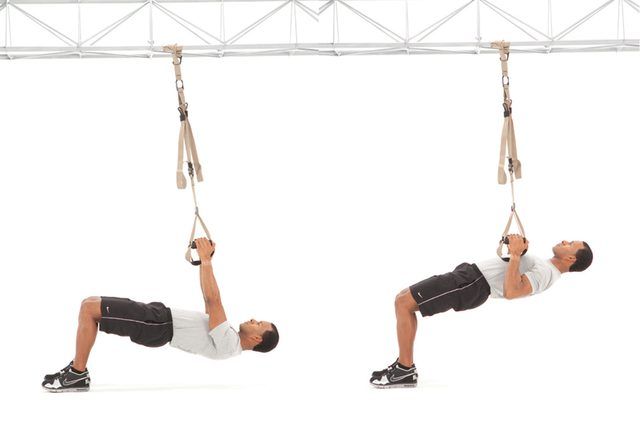 To adjust the preload:
To adjust the preload:
The next type of adjustment is compression. The compression helps prevent your suspension from bottoming out. It is the damping, and it controls the speed of the movement of the shock’s shaft into the body of the shock.
Adjusting the compression allows you to control the speed of the flow of fluid. If the fluid flows too fast, the shock might be too stiff. If it is too slow, the shocks can compress and move rather quickly, which can cause them to bottom out.
So, how do you adjust the compression damping? Usually, there will be an adjustment knob on the body of the shock. It might also be located on the shock reservoir.

There might be several adjustment settings. Usually, the shocks will have a needle valve system and not orifices. When adjusting a shock with a needle valve, you adjust the oil flow, which affects the compression.
I will say that for most shocks, even aftermarket shocks, there is no high-speed compression adjustment. As such, the adjustments you make to the compression damping will matter for small bumps and ruts, not large bumps.
What kind of adjustment is better? I would recommend keeping the oil flow nice and not too slow. Otherwise, the shock can bottom out.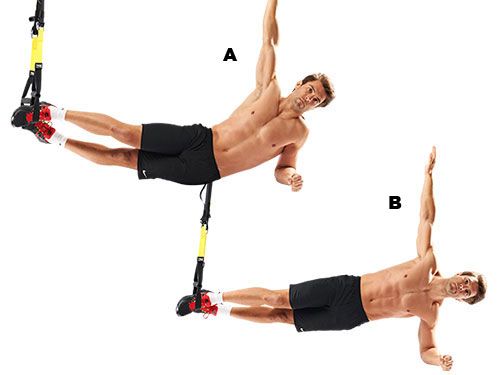 The tires will stay connected to the ground.
The tires will stay connected to the ground.
It will be easier to brake. You do not want to make it too soft. You also do not want to make it too swift. You can adjust the compression based on the track or trailing you are driving on.
Finally, I will discuss adjusting the rebound. Remember, the point of the springs is to make sure your shocks rebound back into their original positions after compressing when hitting bumps or ruts. They can rebound quickly, or they can rebound slowly. That is what this adjustment is for.
If the shocks do not rebound quickly enough, and you keep hitting more bumps and ruts, they will have to compress again. However, to ensure that your suspension is working properly, it needs to compress and rebound after reaching a bump.
If it is not doing that, it will have lost all of its compression travel. It will not work properly, and you may feel your ATV moving quickly from side to side. That is not a lot of fun.
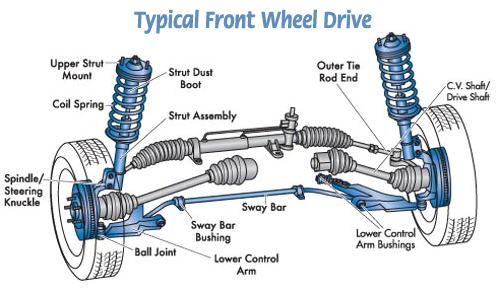
Either way, look for it on the rear shocks of your ATV. Your stock front shocks will probably not have this adjustment possibility, but if it is a second hand ATV with aftermarket front shocks installed, you may very well find this adjustment option on the front shocks.
I know that what I wrote here might seem confusing if you do not know much about suspensions and ATV mechanics.
That is why I am linking the following video, which should help you understand the basics of ATV suspension tuning:
Here is a video that explains the preload very well:
The best way to lower your ATV’s suspension is to buy custom shocks. However, you can adjust the ride height of your shocks as well by adjusting the preload. As mentioned earlier, if you raise the preload and have stiffer shocks, you will have a slightly higher ride height. If you want to lower your ATV suspension, lower the preload pressure.
As for softening the ATV suspension, that is also done by lowering the preload.
Before I close out this article, I will cover some of the most common ATV suspension terms you should know about. Once you know these terms, you will figure out how to work your ATV suspension.
The ride height refers to how high the seat of the ATV is.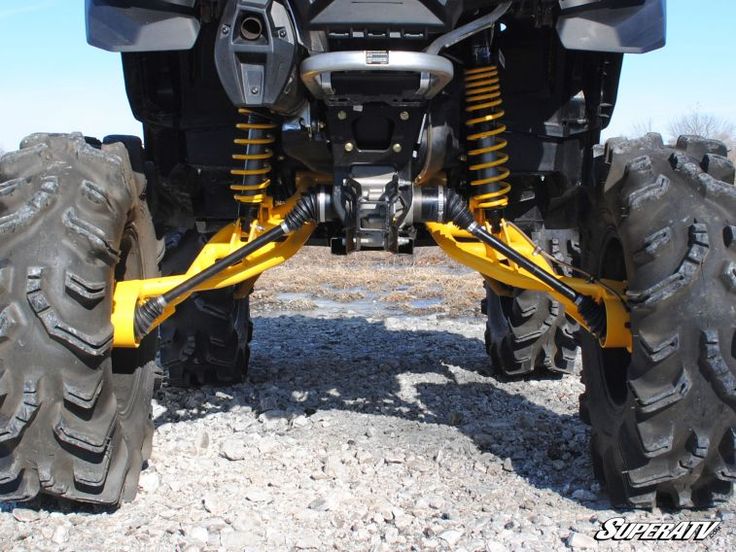 This height is measured at the time the rider is on the vehicle. That is why it is referred to as ride height.
This height is measured at the time the rider is on the vehicle. That is why it is referred to as ride height.
Camber refers to the tilt of your tires. If they are tilted in at the top and tilted out at the bottom, they have negative camber. If they are tilted out at the top and in and the bottom, they have positive camber. There are different levels of positive and negative camber. Why would you want a negative camber?
Tilting them out at the bottom will help increase traction when going through corners. More of the contact patch will have contact with the ground. If they have a positive camber and are tilted in at the bottom, you will lose traction on corners.
Free sag refers to how much travel the suspension has, considering only its weight and not the rider’s weight. That is how much the suspension sags under its weight. The weight of the ATV will lead to some level of compression and sag. Keep in mind that the front wheels’ free sag might not be the same as the back shocks’ free sag.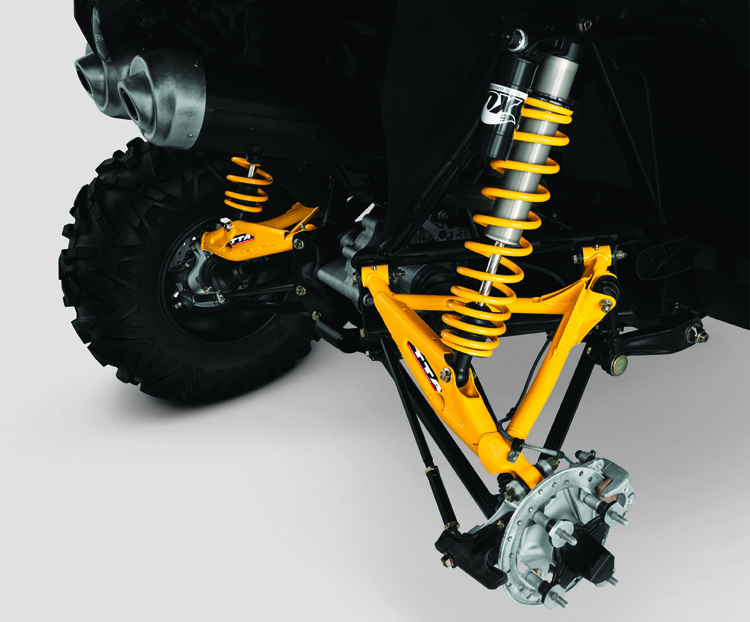
The front shocks are located on the front wheels and help them resist compression.
On the other hand, the rear shocks work on the back wheels and help them resist compression.
As opposed to free sag, rider sag refers to the amount of suspension travel used when the rider is sitting in the driver’s seat. Remember, this is not the total suspension travel that the shocks are capable of. Usually, it will be around a third or less of the total possible travel. The suspension will sag under the weight of the rider. It means that there is less travel that can be used when driving over bumps and rocks.
I mentioned bottoming out a few times. You want to avoid bottoming out when possible. Bottoming out refers to when the shock is completely compressed. When this happens, your body can feel it rather harshly, and you can get pain. By adjusting the compression to make it move slower, you can prevent the shocks from compressing completely and bottoming out.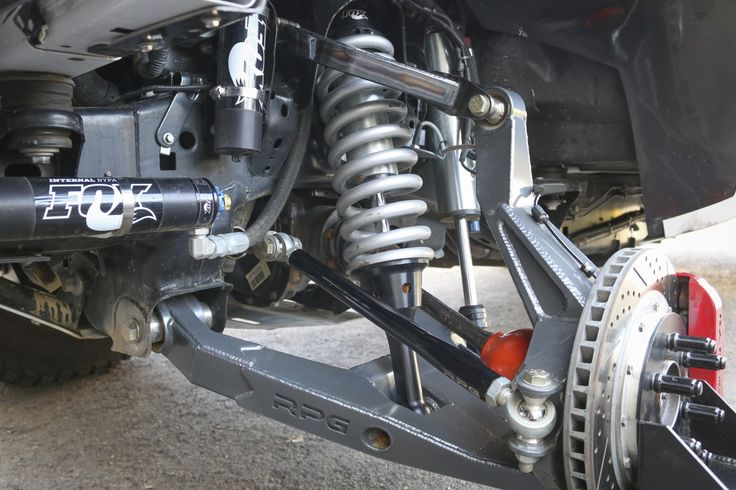
I mentioned that you could adjust the rebound. If it rebounds too quickly and jumps up and down, it is bucking. In other words, the shocks are going up and down quickly to the point of being out of control.
At this point, I hope you understand a little more about what the shocks do and what their main components do. You should also have at least some understanding of the main kinds of adjustments you can make and why you might want to do them. The main adjustments to make are the preload and rebound adjustments.
Sharing is caring!
When you are driving on a smooth road, the suspension system in your car doesn’t have much to do. However, when it comes to off-roading, ATV suspension does a lot of things. Besides, when you own an ATV, you need to know certain things about the vehicle’s suspension to make things easier.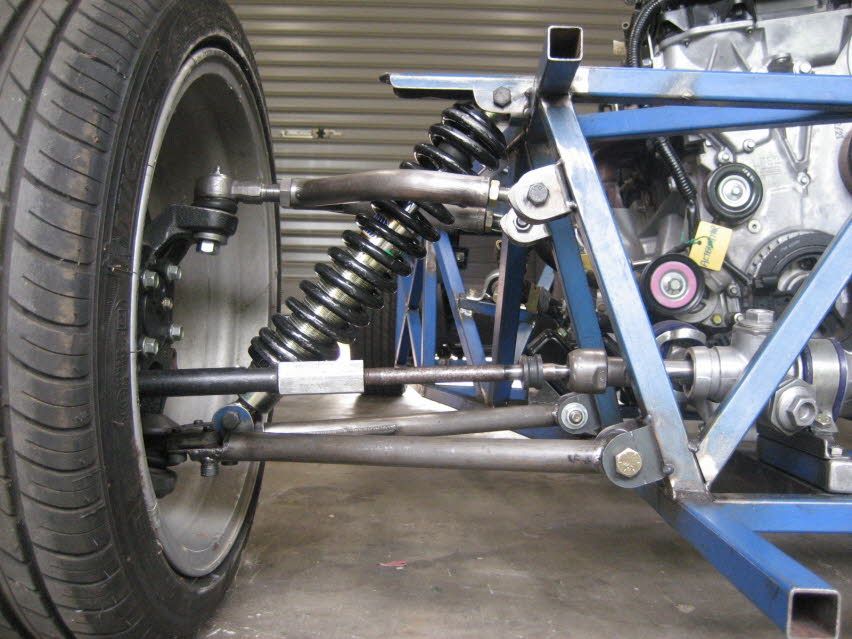
And, knowing how to adjust them will make your rides better. Continue reading the post to know more about ATV suspension so that you can enjoy quality rides.
Table of Contents
When off-roading, you will encounter rocks, branches, logs, ditches, bumps, ruts, and several other obstacles that you won’t find on normal roads. An ATV suspension makes sure that your vehicle gets over them without getting damaged.
In short, the suspension helps the ATV get over tough terrain with ease. Besides, a suspension smoothens your ride when driving off-road. Also, it makes sure that the ATV stays stable when riding on rough terrains. The suspension system comprises shocks and springs that help them do the job well.
However, you can adjust the compression, rebound, and preload of the four-wheeler’s shocks to make your ride stiff or soft. Also, you can lift its height. The suspension system serves different purposes in an ATV.
There are many advantages of having independent suspension on your ATV. Probably the main advantage of an independent suspension system is the ability to keep the driving wheels in contact with the ground.
In short, an independent suspension has a separate suspension on each wheel. Typically, the independent suspension offers a better quality ride. Also, it helps a lot in handling the vehicle because of lower unsprung weight. The best part about independent suspension is the ability of each wheel to address the road regardless of the activities of other wheels.
Performance-wise, this kind of suspension allows all four wheels to move up and down individually from the rest of the suspension. As a result, all four wheels of the ATV will be in contact with the ground.
The best way of lifting an ATV suspension is by using ATV lift kits. That way, you can lift the quad’s suspension and have a few inches of ground clearance for your ATV. Besides, the kit comes with all the necessary things that you need to achieve your desired height anywhere between 1.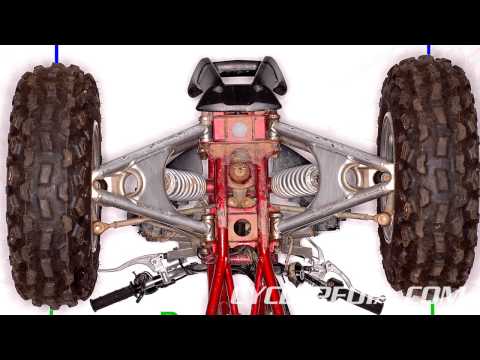 5 to 3 inches.
5 to 3 inches.
However, the exact measurement depends on the type of kit. The main benefit of getting the lift kit for increased ground clearance is that you don’t need to buy large tires to make a few inches lift. Apart from that, when you combine the lift kit with bigger tires, they will produce the desired result.
Follow the instructions to make sure you get the best performance.
Ensure that you are having the right components needed to set up the whole suspension system. Also, check for the right ground clearance.
Ensure that your quad is ready for racing and it has the right tire pressure and anything that influence its height. Stand on the footpegs and measure the length to the bottom of the frame.
Determine the front ride height and adjust the front shock preload until it is about 0 to 1/4-inch higher.
Suspend the quad from the ground so that the suspensions are fully extended. Mark it on the subframe and measure it up to the axle. Next, bring the quad down and stand on the footpegs. Have someone measure the axle again. The difference is your race sag and it should be 4 to 5 inches. Make small adjustments to the preload nut.
It should be around a 3/16 to 1/2-inch gap. Add or change the crossover spacers to have the desired result.
The setup should be 7 to 7 1/8-inch for good cornering and plush ride.
The front and rear ATV suspension arms are attached to the mainframe using a steel spacer or bushing. And, they may have grease fittings or may not have. Hence, when they become dry and worn, they tend to capture small amounts of dirt.
As a result, your ATV begins to produce squeaky sounds because the dirt is causing the grinding when the vehicle is moving. To get rid of that, proper suspension servicing might be enough. The servicing includes cleaning the components and adding a small layer of grease to the bushings. As such, it eliminates the ridiculous sound.
To get rid of that, proper suspension servicing might be enough. The servicing includes cleaning the components and adding a small layer of grease to the bushings. As such, it eliminates the ridiculous sound.
If you feel that your ATV suspension is behaving strangely and affecting the way you are handling the quad, it’s time for you to inspect the suspension thoroughly. Or, you can visit your trusted technician to find out the real issue with your suspension.
Moreover, if you notice leaks on the shock absorbers, broken linkage arm, or see a bent, you need to replace it as fast as possible. Keep in mind that the dampers are replaced in pairs on each axle. That way, it makes sure of a uniform load in the suspension system.
Here is how you can determine good suspension ATV.
If you want to strengthen the suspension of your ATV, all you have to do is adjust the preload, compression, and rebound of the shock absorbers. But keep in mind that not all kinds of shocks can be adjusted in the same way. Also, you can adjust the ride height along with the preload to strengthen the suspension.
ATVs are used by riders for many reasons and that includes enjoying on the weekends, plowing snow during winter, camping, hunting, and many more. However, raising an ATV can be useful in a variety of ways. Adding more ground clearance is the main reason why most riders opt for raising their ATVs.
Also, many riders believe that bigger wheels can help them move without having more traction. And, you can install larger wheels on a lifted ATV. That’s because the extra height tends to create more space. However, there are some drawbacks to lifting your ATV as well.
Whenever you are dealing with a rolled ATV, you can notice several signs that indicate damage to certain components. So, when it comes to finding it out whether or not a suspension is damaged, watch out for the following signs.
Not all ATVs come equipped with independent rear suspension. However, with this type of suspension, you can find comfort riding on rigorous terrains because the suspension is split. Here are some ATVs that have independent rear suspension.
There is no definite time fixed for that in the first place. While you can leave your shocks half-compressed for a few months, it is better not to do so. Also, it will take continuous tension to hamper the springs. However, the shock seals might deflect and will lose their grip.
As a result, leaky shocks can make performance low for your ATV. You can roll the suspension to the trailer’s front and loop the hooks to the A-arm. That way, everything will fall in the right place without putting a load on the suspension.
Chinese ATVs are popular among many sports enthusiasts worldwide. Although Chinese owners might use an ATV for different reasons, one thing that remains common for all owners is the need to repair or replace their vehicle’s suspension. Also, they face the same frustration of finding the right spare parts.
So, if you have a Chinese ATV and need to replace the suspension, it is wise to get in touch with an online seller that deals in all kinds of components for your Chinese ATV. Hence, ensure that you are buying the right suspension that matches your quad and get it fixed through a local technician.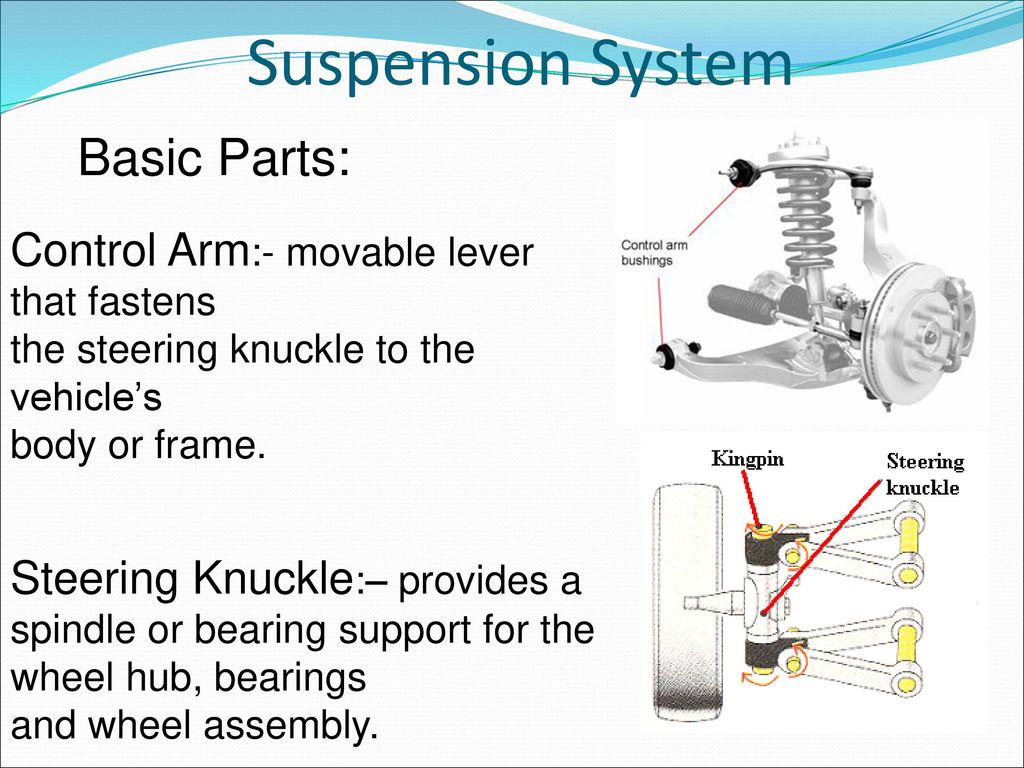
The suspension is considered to be one of the most important functional components of motorcycle equipment, since it is it that is responsible for the rider's comfort in the process of movement, and also provides a soft passage through problem areas of the terrain. The sale of ATVs implies a special attitude to this unit and detailed advice on the procedure for its adjustment and maintenance.
There are dependent and independent types of suspension. The second type is most often found among modern ATV models. Each motorist can adjust it in accordance with his own preferences, as well as operating conditions.
Among the advantages of ATV dependent suspension it is worth noting:
Such attractive performance of this suspension is due to the extreme simplicity of its design.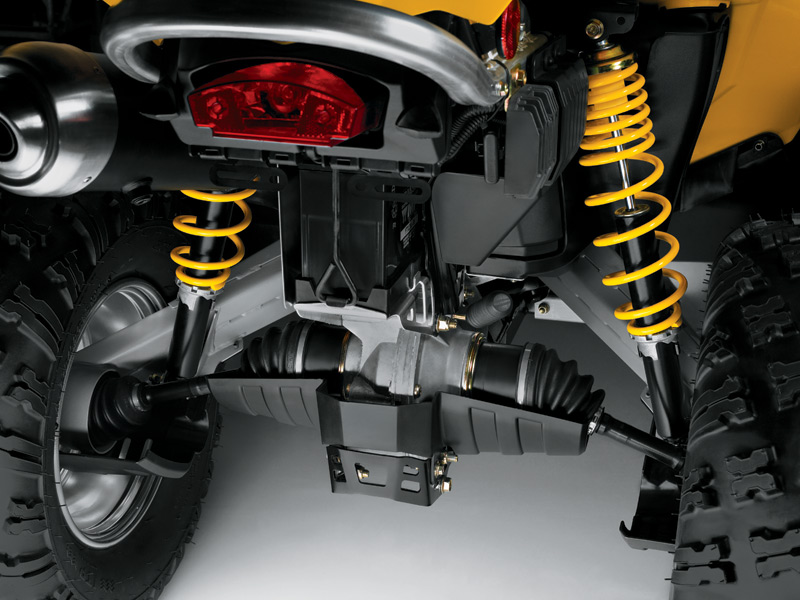
Regardless of the type of ATV suspension, there are some regularities in its structure. There are front and rear suspension types. In order for 125cc ATVs to boast a high level of ride comfort, the front suspension is usually made independent. Often it is supplemented with elements such as a pair of wishbones and telescopic shock absorbers. As for the rear suspension, it can be dependent, independent or semi-independent, and can also be equipped with pendulums and shock absorption devices.
Suspension of any ATV is a set of spare parts, assemblies and assemblies located between the motor vehicle body and the track. It consists of the following components:
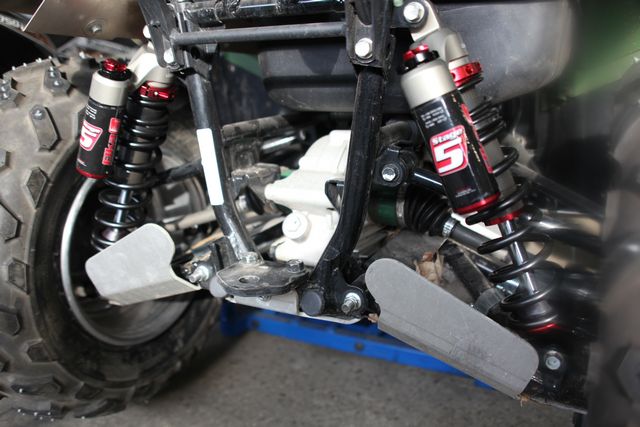
ATV suspension also performs many important functions, namely:
Based on this, the suspension, despite the relative simplicity of its device, plays a significant role in the design of any vehicle.
If your vehicle's suspension is not working properly or has failed, you may need to replace some of its components with new ones.
The following ATV suspension components most often fail:

To repair the suspension of an ATV without outside help, it will be enough just to find the failed elements of motorcycle equipment and replace them.
By adjusting the ATV's suspension for yourself, the rider will be able to get maximum pleasure and comfort in the process of driving. It is especially important to correctly configure this aspect in sports models of motorcycles. The fact that it is time to adjust the ATV suspension is indicated primarily by uneven tire wear, as well as the presence of problems and discomfort when driving a motorbike.
Adjust the suspension of a motor vehicle as follows:
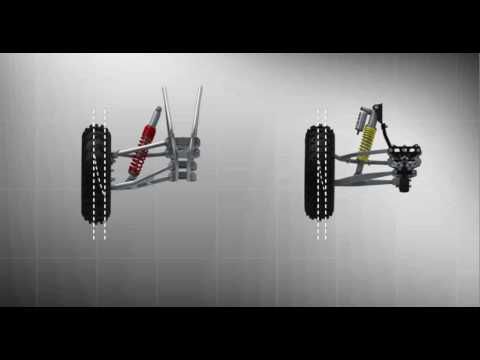 It is better to reduce compression in the case when slippage is observed.
It is better to reduce compression in the case when slippage is observed. Before starting to adjust the ATV's suspension, it is recommended to write down all the initial values so that if you do not like the result, you can easily return the motorcycle to its previous state.
In the absence of experience in the repair and maintenance of motorcycles, it is strongly recommended that if you find any problems with the suspension, contact the specialists at the service center. The sooner you decide to repair an ATV, the better, because driving it with a broken suspension is not only inconvenient, but also quite dangerous.
05/29/2021 1698
flyinmiata.com
It is nothing more than a myth that all drivers prefer cars with the best possible handling. A huge army of car owners evaluate cars solely in terms of comfort and smoothness in motion.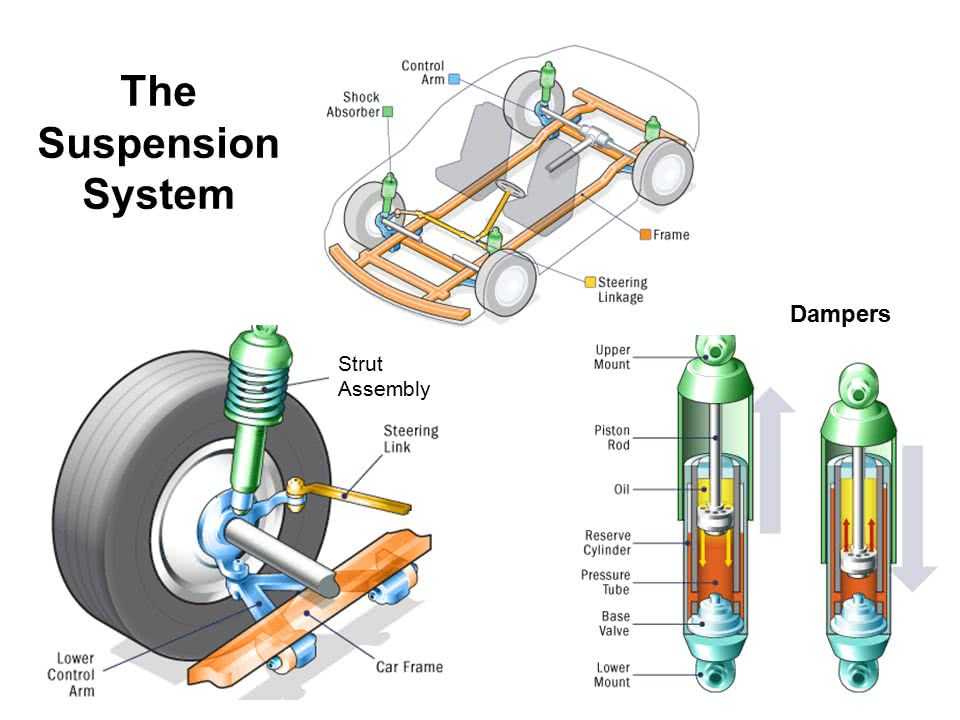
Maxim Stroker
For many car owners, the car is nothing more than a "sofa" on which you can move from point "A" to point "B". Partly for this reason, cars of brands such as Mercedes or Toyota are in such stable demand among people. For adherents of this type of transport, the concept of "driving pleasure" is associated with comfort on the road, and not with the controllability of the car. But not all car owners of this type, for one reason or another, can boast of a vehicle that fully meets their aspirations. For them, there is only one way to get closer to their ideal - to improve the suspension of their "swallow" in the direction of greater softness.
The first thing that experts of the AutoVzglyad portal recommend paying attention to in this case is tires and wheels. The wheels must be exclusively light alloy to reduce unsprung masses in the suspension. This will reduce the intensity of impacts when driving over pits. Striving for softness and smoothness, you will have to forget about low-profile tires.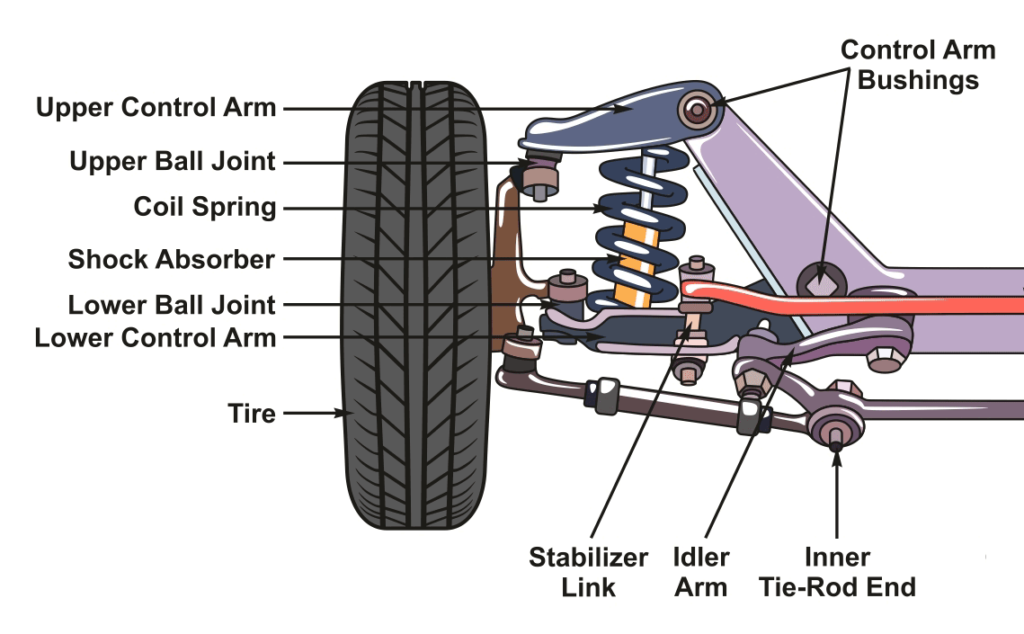 It makes sense to opt for tires (and wheels, of course) of the largest possible radius with the highest possible tire profile height. Note that it is not worth reducing tire pressure in pursuit of smooth running, because this significantly increases the intensity of wheel wear. There are also more serious risks.
It makes sense to opt for tires (and wheels, of course) of the largest possible radius with the highest possible tire profile height. Note that it is not worth reducing tire pressure in pursuit of smooth running, because this significantly increases the intensity of wheel wear. There are also more serious risks.
yourmechanic.com
The machine may get out of control at high speed and cause an accident. Anyone who considers "witchcraft" with wheels half measures will have to deal with the selection of new springs and shock absorbers. For this purpose, some car owners change the factory springs of their car for less rigid, but longer ones. This method is incorrect because it changes the geometry of the suspension. Because of this, it begins to fail at an accelerated pace.
In order to "soften" the standard suspension, you should use springs with variable stiffness, originally designed by the manufacturer for installation on a specific model of the machine to make it move more smoothly.